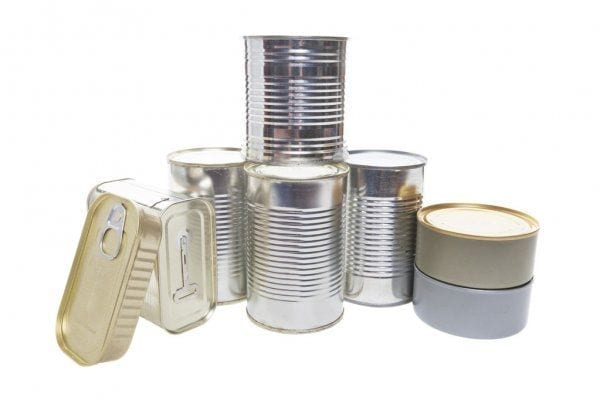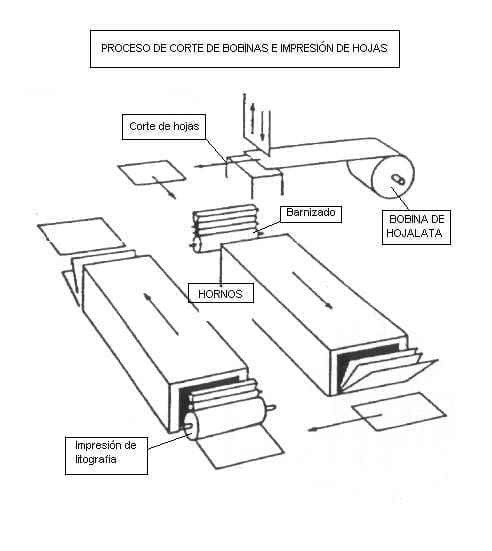There are several defects that can occur during the tinplate coating process. The following are some of the most common defects:
- Lack of adhesion: This defect occurs when the varnish does not adhere properly to the surface of the tinplate. It can be caused by poor surface preparation, such as insufficient cleaning or inadequate passivation.
- Orange peel: This defect is characterized by a rough texture similar to the peel of an orange on the surface of the varnish. It may be caused by improper application of the varnish, such as inadequate spraying or too fast drying speed.
- Inclusions: Inclusions are foreign particles found in the varnish. They can be caused by contamination of the tinplate or improper application of the varnish.
- Displaced reserve: This defect occurs when the varnish does not adequately cover the entire surface of the tinplate. It may be caused by improper application of varnish or poor surface preparation.
- Solvent boiling: This defect is characterized by the formation of bubbles on the surface of the varnish. It may be caused by improper application of the varnish or by too high a temperature during the drying process.
- Sheet contamination: This defect occurs when there are contaminants on the tinplate that interfere with the adhesion of the varnish. It can be caused by poor cleaning of the tinplate or by contamination during the manufacturing process.
It is important to note that many of these defects can be prevented by proper surface preparation, careful application of the coating and proper control of temperature and humidity during the drying process.













0 Comments